Part A of Schedule 1 to the Building Regulations. Fire safety and means of escape Part C.
 Insulating A Floor Insulation Superstore Help Advice
Insulating A Floor Insulation Superstore Help Advice
It takes account of recent standards for specifying aggregate materials for use as hardcore ensuring that the material is both physically stable and chemically inert.
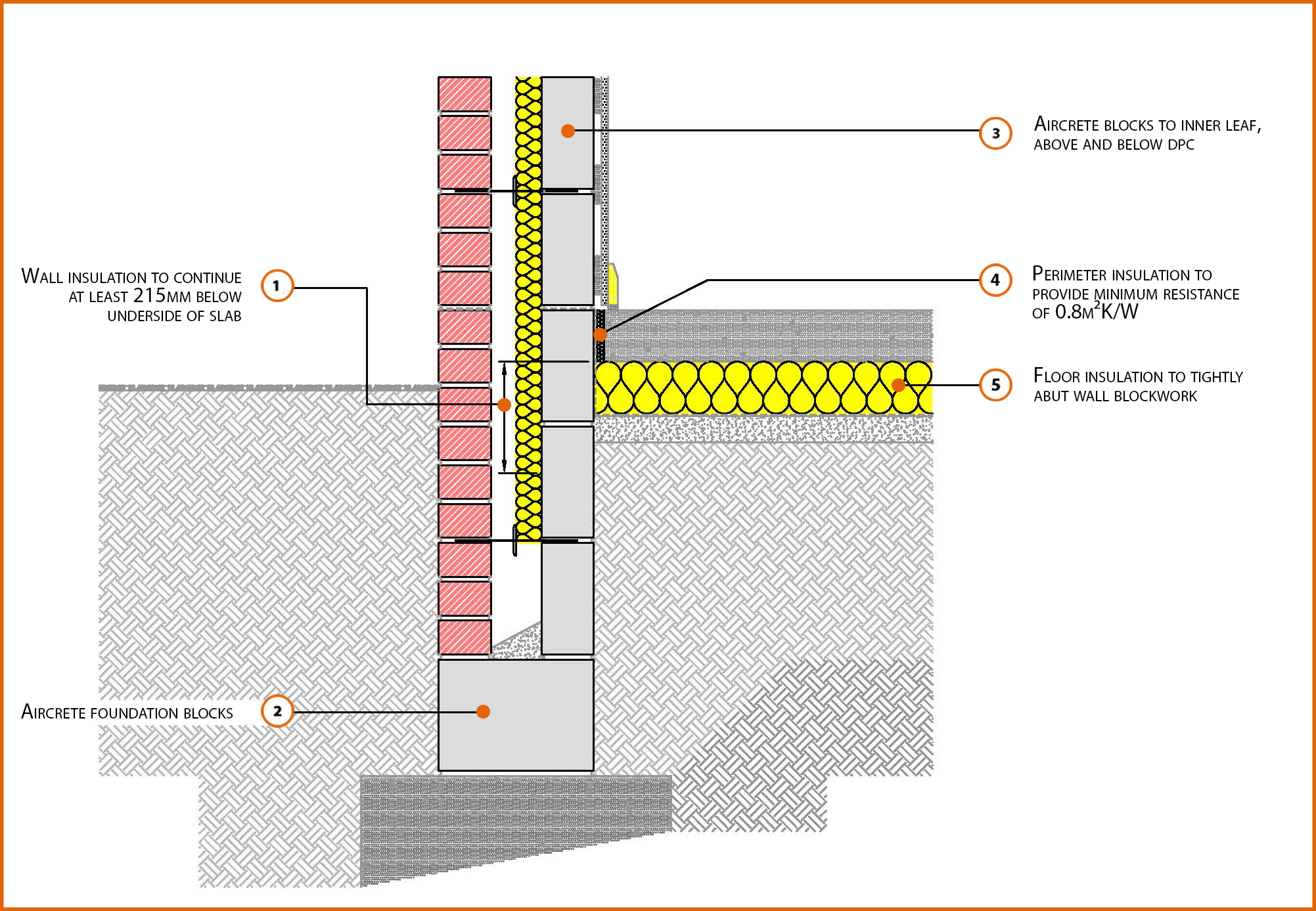
Building regulations concrete floor construction. Introduction to Floor Details. The Building Regulations require that in some circumstances the floor should contain insulation to achieve the heat loss estimates for the room andor house as a whole. The installation of insulation in your floor must meet the minimum energy efficiency values set out in the Approved Documents.
As a requirement of the Building Regulations the structure should be protected against the growth of weeds and other plant-life. All constructed in accordance with 2004 Building Regulations A12 and BS 80041986 Code of Practice for Foundations. The most common materials used for the construction of ground and upper floors tend to be concrete or timber.
Toxic substances Part E. Ground-bearing concrete floor slabs should be at least 100mm thick including monolithic screed where appropriate. Concrete floor – Designing Buildings – Share your construction industry knowledge.
It is an important construction material used extensively in buildings bridges roads. Archived versions of Approved. You may also need to apply for Planning Permission if you are constructing a new building and we go into this in.
Intermediate Timber Floor Within Dwelling. Concrete placed below the insulation or warm ie. Guide for Architects Concerning Drainage Water and Storm-water Drainage.
STRIP FOUNDATION Provide 225mm x 600mm concrete foundation concrete mix to conform to BS EN 206-1 and BS 8500-2. The BREs Good Building Guide 28 Part 1 provides specific. We have provided a sketch below to show the most common form of concrete floor slab construction.
The ground should have a layer of concrete poured across and there should be a ventilated gap of at least 150mm between the underside of the timbers and the concrete to prevent moisture. That includes moisture from the ground putting the onus on the construction of the floor in contact with the ground. Concrete is a composite material consisting mainly of Portland cement water and aggregate gravel sand or rock.
Selecting and specifying materials DIESTG DG 522 Part 1 This Digest provides guidance to engineers and builders on selecting and placing material for use as hardcore in building construction. The main changes were. However if such an upgrade is not technically or functionally feasible the element should be upgraded to the best standard which can be achieved within a simple payback of no.
Additional Construction Details Drawings As well as the small selection of foundation wall floor and roof construction detail drawings shown here many of the Building Notes have a related Construction Detail Drawing with specific dimensions eg rafter sizes spans. Suspended concrete floors including beam and block systems and suspended timber floors. Standard Electrical Mechanical Architectural.
Separating floors and associated flanking constructions for new buildings 71 Introduction 71 Junctions between separating floors and other building elements 71 Beam and block floors 73 Mass per unit area of floors 74 Ceiling treatments 74 Floor type 1. A requirement of national building regulations throughout the UK is that the building fabric and the occupants of the building are protected from moisture. Assemble and Erect Formwork for Slab.
Guidance is also available on thermal mass and SAP. This printing incorporates editorial amendments and corrections. There are many floor coverings and floor finishes for our homes and buildings but in construction there are only two basic types of floor structure from which we can choose.
A third alternative suitable only for ground floors relies on. However it will not be applicable in every case. This has led to an increased use of heated concrete floors or screeds.
Speak to the Building Control officer of your local Council for instruction and to obtain the necessary Building Regulation approval. The one is made using concrete and the other is made with timber. Find out at how concrete and masonry construction can meet and exceed the thermal performance standards of Part L.
Concrete floor slab construction process includes erection of formwork placement of reinforcement pouring compacting and finishing concrete and lastly removal of formwork and curing of concrete slab. All foundations to be a minimum of 1000mm below ground level exact depth to be agreed on site with Building Control Officer to suit site conditions. BRE Digest 522 Parts 1 2 – Hardcore for.
Site preparation and resistance to contaminates and moisture Part D. Various updates have been made since this time and these are also available for download. Both may be used for ground-level floors and both may be used for upper storey floors.
A concrete floor can be termed cold ie. E6MCPF2 Intermediate floor within a dwelling. This edition covers the loadings on a building and the construction of the structural elements including the foundations walls floors roofs and chimneys.
MAIN CHANGES IN THE 2004 EDITION The 2004 edition replaced the 1992 Edition with 1994 and 2000 amendments edition. When these materials are mixed together they form a workable paste which then gradually hardens over time. This is the original legislation published in 1977 that governs all building and construction work in South Africa.
The Building Regulations in the UK provide guidance. The construction is then suitable for new build and refurbishment projects. Guidance on the sizing of timber floors and roofs for traditional house construction.
Required span resistance to passage of sound and fire resistance will often be factors to consider when deciding which material to use in floor design. GROUND FLOORS OF BUILDINGS Part 1. External Masonry Cavity Wall.
The National Building Regulations and Building Standards Act. Ground-bearing floors shall be of adequate strength and durability and use concrete mixed and reinforced as necessary to support floor loads safely and resist chemical and frost action. The concrete above the insulation.
HOW DO BUILDING REGULATIONS IMPACT ON GROUND FLOOR DESIGN. The construction of ground floors typically includes ground supported concrete slabs. Masonry Outer Leaf λ 077 Lightweight Concrete Block Inner Leaf λ 060 WmK.
Show Concrete Floor Slab Construction Process. Building Regulations 2010 with 2013 amendments For use in Wales May 2013 Edition Guidance produced for Monmouthshire County Council Building Control by Anthony Gwynne of Forest of Dean District Council. Prepare and Place Reinforcement for Slab.
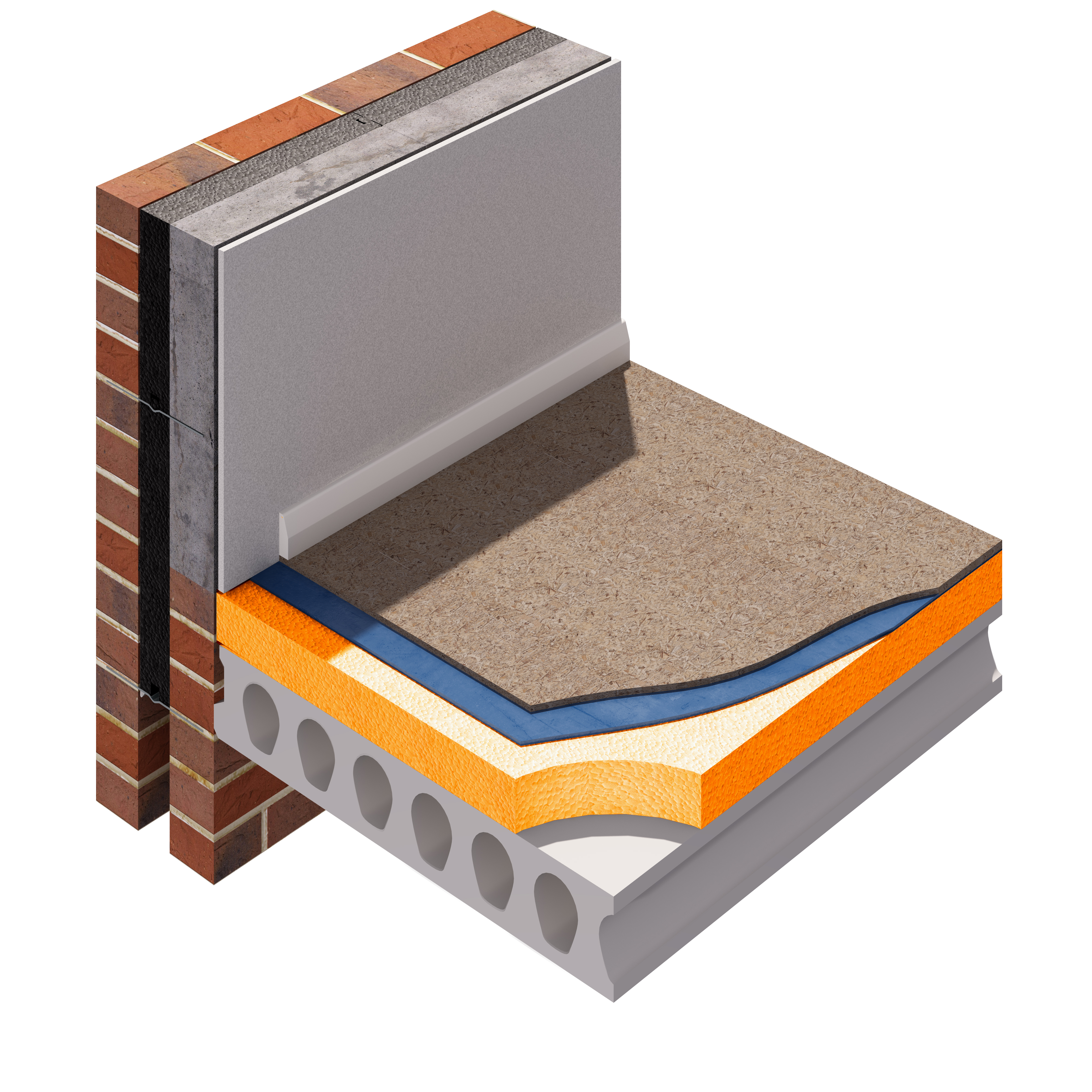 Insulation For
Insulation For
Ground Floors Designing Buildings
 Strip Foundation Ground Floor Cavity Wall Interactive 3d Detail
Strip Foundation Ground Floor Cavity Wall Interactive 3d Detail
 Floor Design Floor Insulation Flooring
Floor Design Floor Insulation Flooring
 Laying A Concrete Floor Diy Extra
Laying A Concrete Floor Diy Extra
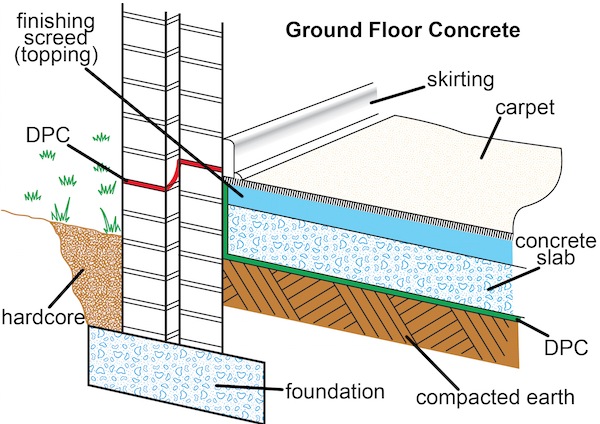 Floors And Flooring Sans10400 Building Regulations South Africa
Floors And Flooring Sans10400 Building Regulations South Africa
 Underfloor Heating Supplied And Installed In The Uk By Borders Underfloor Heating
Underfloor Heating Supplied And Installed In The Uk By Borders Underfloor Heating
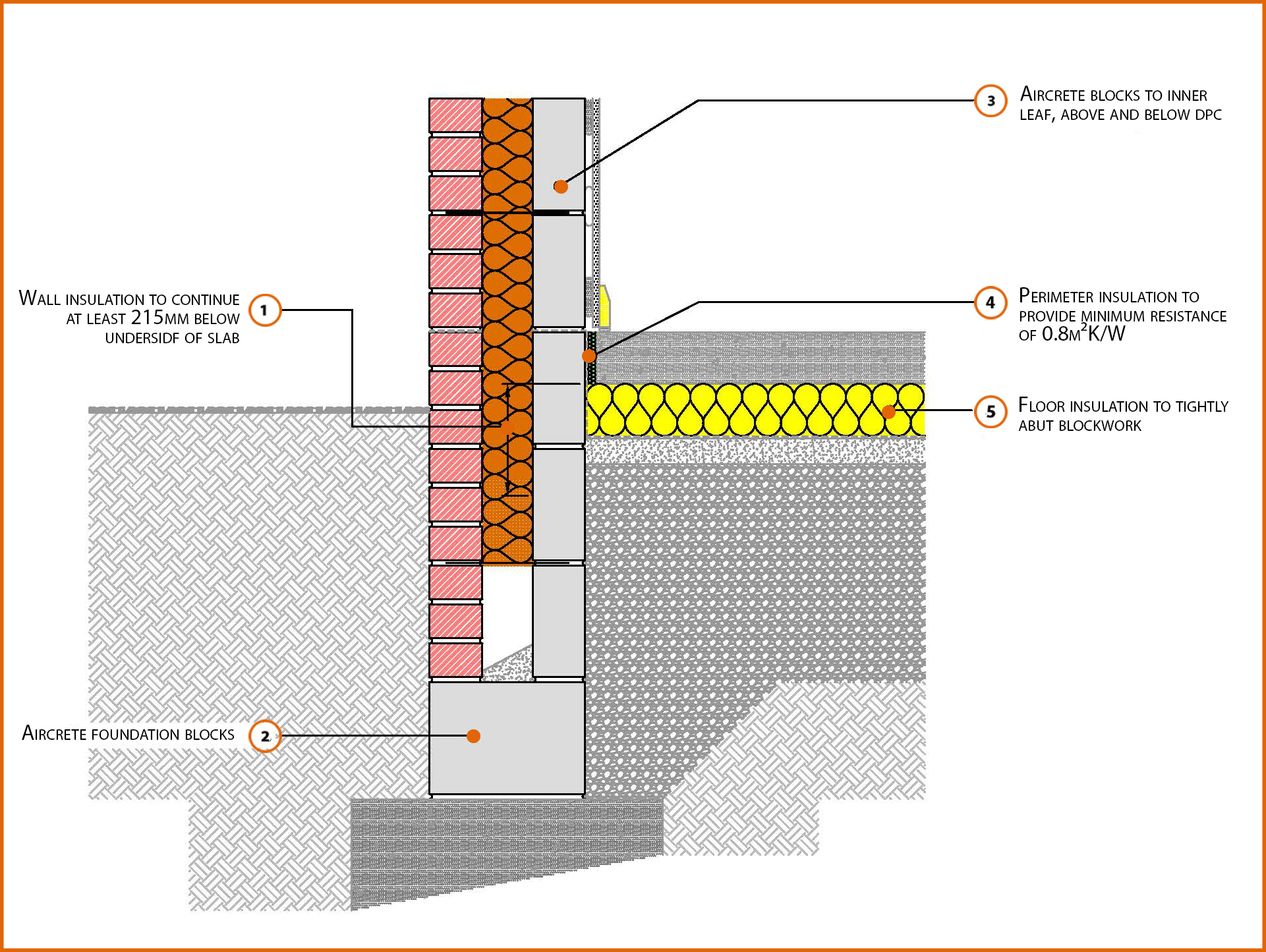 E5mcff27 Concrete Ground Bearing Floor Insulation Below Slab Labc
E5mcff27 Concrete Ground Bearing Floor Insulation Below Slab Labc
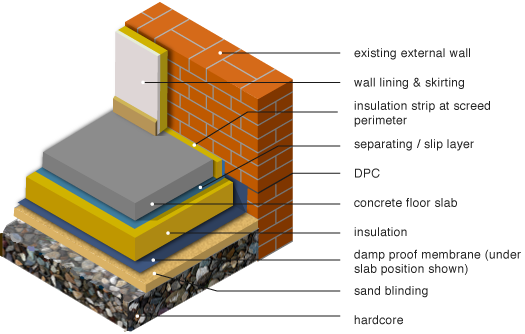 Greenspec Housing Retrofit Ground Floor Insulation
Greenspec Housing Retrofit Ground Floor Insulation
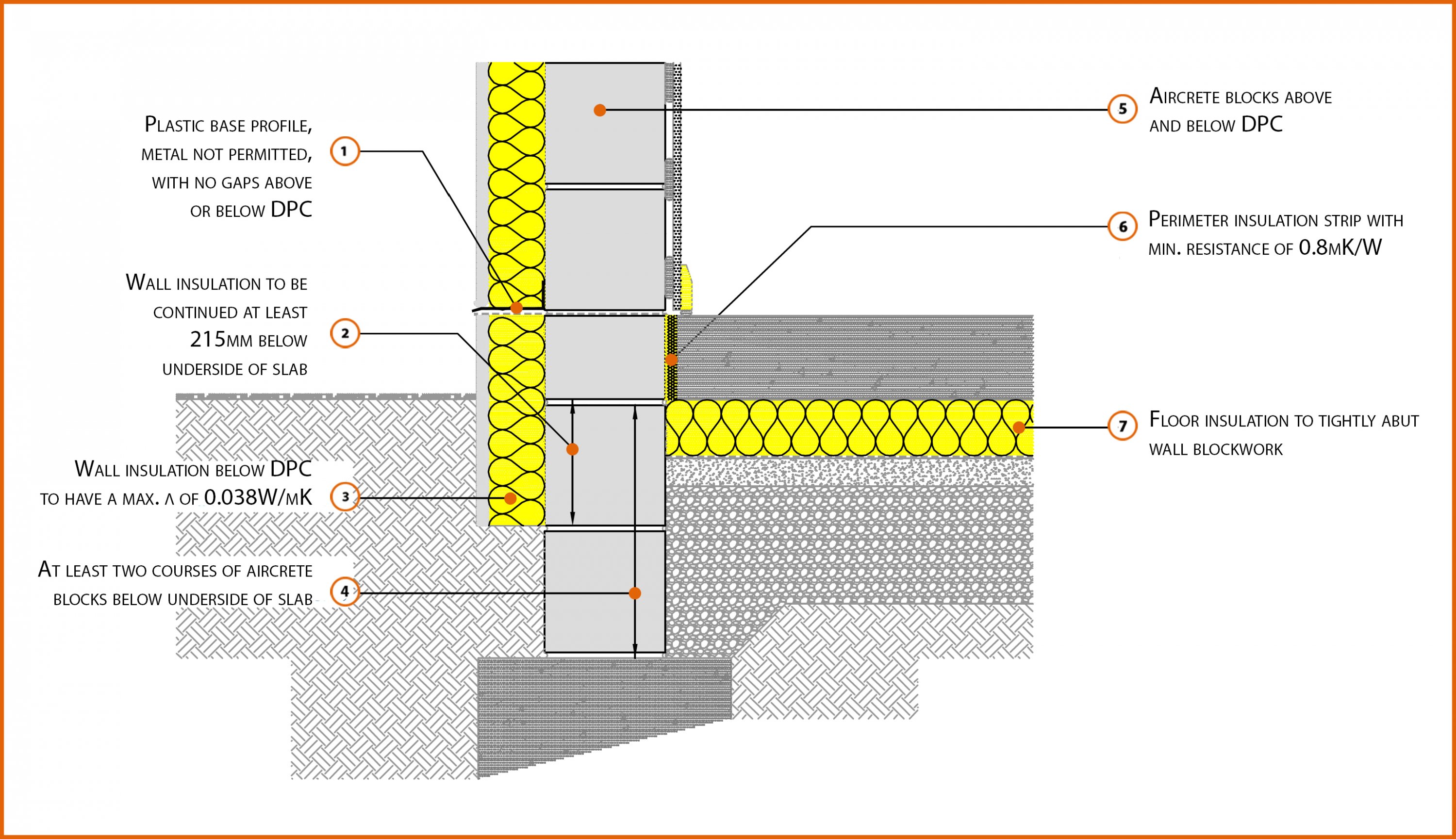 E5smew26 Concrete Ground Bearing Floor Insulation Below Slab Labc
E5smew26 Concrete Ground Bearing Floor Insulation Below Slab Labc
 Floor Construction Methods Concrete Floors Floor Installation Flooring
Floor Construction Methods Concrete Floors Floor Installation Flooring
 Strip Foundation Ground Floor Cavity Wall Interactive 3d Detail
Strip Foundation Ground Floor Cavity Wall Interactive 3d Detail
 E5mcpf26 Concrete Ground Bearing Floor Insulation Below Slab Labc
E5mcpf26 Concrete Ground Bearing Floor Insulation Below Slab Labc
 Borders Underfloor Heating Supply Water Filled Underfloor Heating For Concrete And Suspended Timber Floors
Borders Underfloor Heating Supply Water Filled Underfloor Heating For Concrete And Suspended Timber Floors
 Strip Foundation Ground Floor Cavity Wall Interactive 3d Detail
Strip Foundation Ground Floor Cavity Wall Interactive 3d Detail
 Concrete Slab Floor Construction Branz Renovate
Concrete Slab Floor Construction Branz Renovate
 Insulated Concrete Flooring Thermabeam Gb Fp Mccann
Insulated Concrete Flooring Thermabeam Gb Fp Mccann


